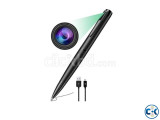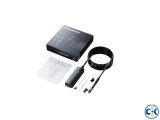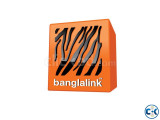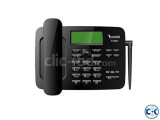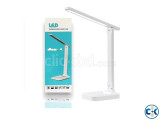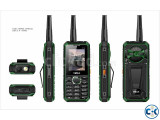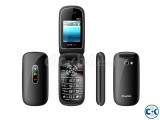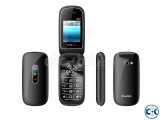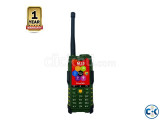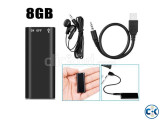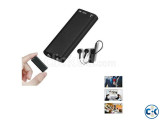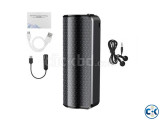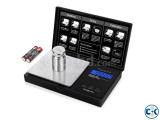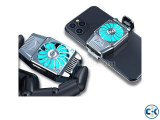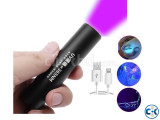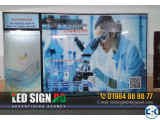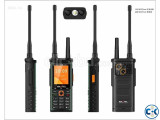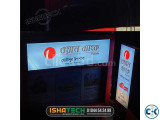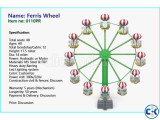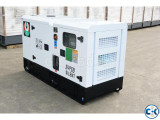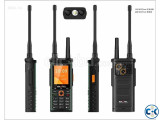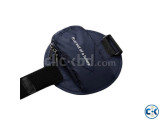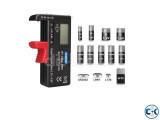Wood Moisture Meter in Bangladesh
- New/Used: New
- Type: In Stock
DESCRIPTION for Wood Moisture Meter in Bangladesh price in Bangladesh
|
CRITICAL FLAW ALERT! This meter exhibits a critical flaw—namely its inability to get consistent readings below 8% moisture content. This flaw renders the meter essentially unusable for a number of common applications, including for flooring installations and furniture making. We deducted one star from our overall rating to reflect this critical flaw.
This is a pin-style wood moisture meter that is also designed for moisture measurement in other building materials such as plaster, concrete, and mortar. The meter is extremely simple-to-use, although we found its bar graph display to be somewhat cumbersome. This is a basic meter with few features, though it does offer a way of verifying calibration, something that many other budget-friendly meters don’t have. It retails online for about $119, and in this price range, we think users can do better than the CEM DT-125. Pros
Cons
Objective Evaluation – Overall Score 3.4 out of 5.0Accuracy – 3.4 out of 5.0This meter provided reasonably accurate readings from about 8% to about 17% MC when compared to ASTM D4442 oven dry standards. Below 8% MC, this meter was unable to provide consistent readings of MC, and above 17% MC, the meter’s accuracy is questionable due to its tendency to provide low readings when compared to the oven dry standards. Learn about our accuracy test procedures Surface Moisture – 1.0 out of 5.0Surface moisture caused this meter to post readings about 8% higher than the baseline. These surface moisture results indicate that operating this meter in high humidity environments where condensation may form on the surface could lead to questionable readings. Learn about our surface moisture test procedures Meter Temperature – 2.3 out of 5.0Meter temperature had a significant effect on this meter’s MC readings. A low meter temperature of 34.8° F in the presence of high MC increased the reading by 2% compared to the room temperature reading. A high meter temperature of 110° F in the presence of low MC, increased the reading by about 1% MC, and in the presence of high MC increased the reading by about 2% compared to the room temperature reading. Learn about our meter temperature test procedures Wood Temperature – 4.7 out of 5.0Wood temperature affected this meter’s readings at high MC. A low wood temperature of 33.6° F in the presence of high MC showed a 4% decrease in the reading when compared to the room temperature reading. In the presence of low MC, the reading was unchanged. A high wood temperature of 110° F in the presence of high MC showed a 2% decrease in the reading when compared to the room temperature reading. In the presence of low MC, the reading was unchanged Learn about our wood temperature test procedures Reading Repeatability – 3.0 out of 5.0The readings of this meter were not entirely repeatable, showing some tendency to vary. Learn about our repeatability testing procedures Drift – 5.0 out of 5.0Readings for this meter showed no tendency to drift after 3 seconds. Cable Interference – N/AThis meter does not offer cabled accessories so the cable interference test could not be conducted. Learn about our cable interference and drift testing procedures Subjective Evaluation – Overall Score 2.7 out of 5.0Ease of Use – 2.5 out of 5.0This meter is extremely simple-to-use in that it has no buttons to operate – just insert the pins and take the reading. However, the LCD reading is in the form of a bar graph which makes for a much slower reading than with a digital display. Manual documentation is minimal. Quality – 3.7 out of 5.0The meter’s casing has a very solid feel to it and we did not have problems with pins breaking or bending during testing. No carrying case is provided Comfort – 3.5 out of 5.0This meter has a nice, ergonomic feel to it, with rubberized, non-slip sides to the casing for ease in holding in position. Its narrow profile makes it easy to slip in a shirt pocket when transporting from jobsite to jobsite. The bar graph display, however, detracts from the comfort in using this meter. Versatility – 1.0 out of 5.0This meter is pin-style only and lacks a way to program or adjust for species of wood. It is designed for use in wood and other types of building materials, including plaster, concrete, and mortar. Range – 3.7 out of 5.0The documentation indicates that this meter is capable of taking readings in wood in the 6 to 40% range. Our tests indicated that in practice, readings below 8% MC are problematic. Features – 2.1 out of 5.0This is a basic meter that offers few extras, though it does have a way of verifying the calibration and performing a battery check. It is precise to the nearest 1% MC. Lacks a data HOLD function Customer Service – 2.5 out of 5.0CEM Instruments is based in China and offers a standard one-year warranty for this meter. However, it is unclear how one would go about obtaining service under warranty or otherwise getting the meter repaired or calibrated by an authorized service center.
|










